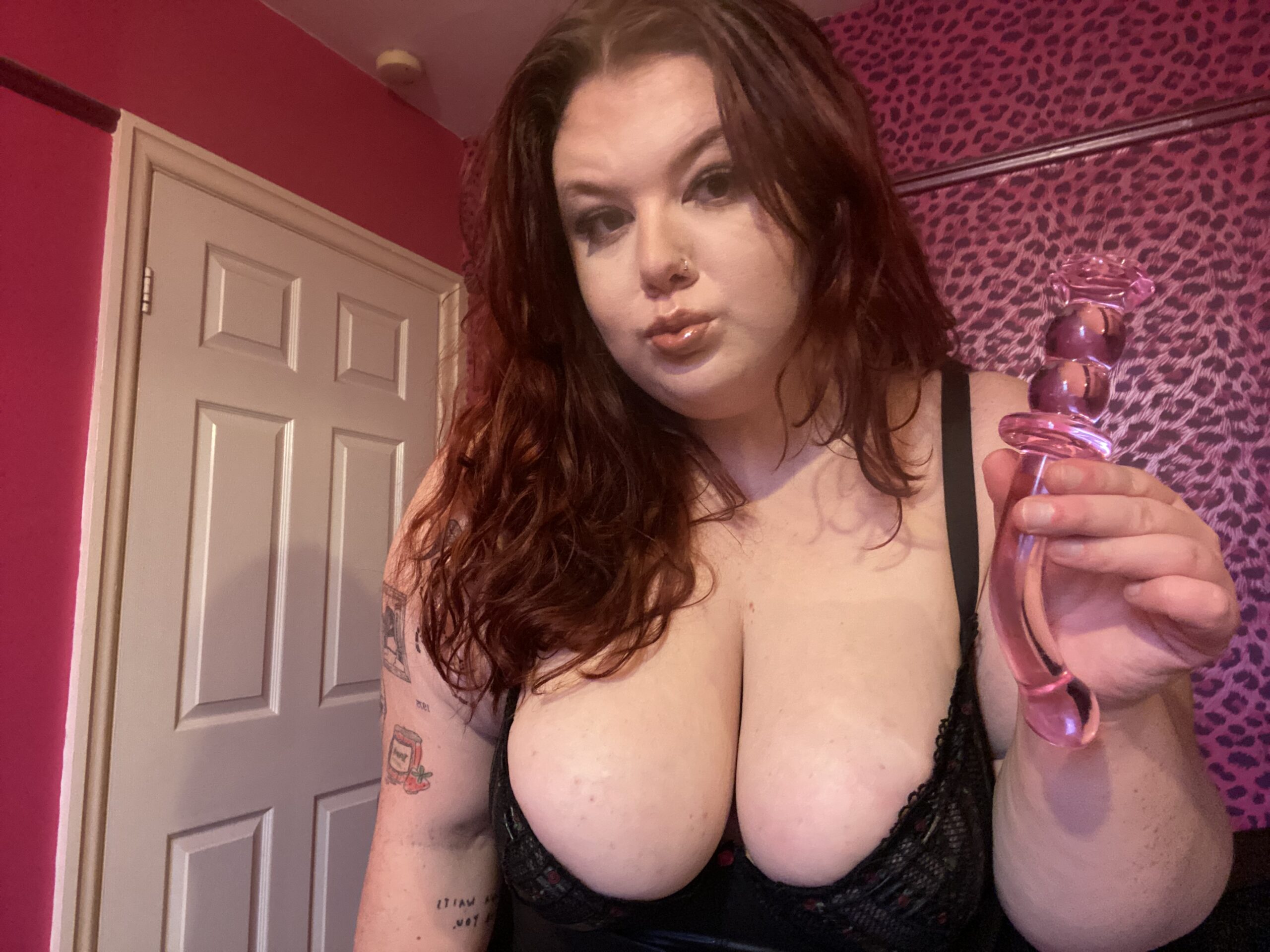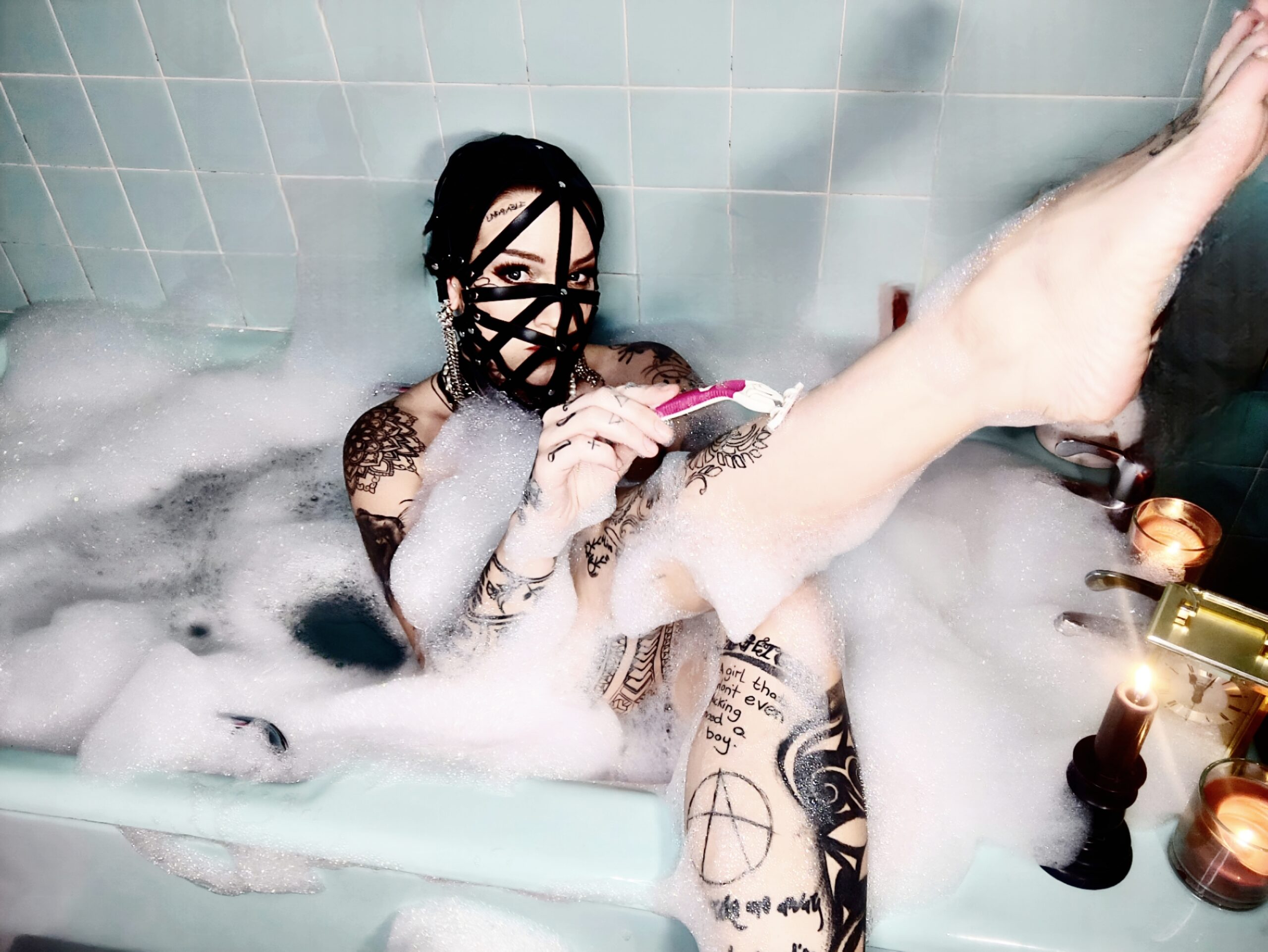Understanding Pansexuality
Pansexuality, an orientation characterized by attraction to people regardless of gender identity or expression, has been gaining increasing recognition within the LGBTQ+ community.
Definition and History
Pansexuality is a sexual orientation that involves romantic, emotional, and/or physical attraction to individuals regardless of their gender identity or expression. Unlike bisexuality, which typically refers to attraction to two genders (often men and women), pansexuality encompasses a broader spectrum, including individuals who identify as male, female, non-binary, genderqueer, agender, and others.
The term “pansexual” is derived from the Greek words “pan,” meaning “all,” and “sexual.” Historically, the concept of pansexuality has existed in various forms throughout history. Early understandings of it emerged in philosophical and literary contexts, exploring the idea of attraction transcending societal norms and gender binaries.
In recent decades, the term “pansexual” gained prominence within LGBTQ+ communities, particularly during the 2010s, as individuals sought a more inclusive and accurate way to describe their experiences. The visibility of pansexuality has grown significantly with increasing representation in media, activism, and social discourse.
Distinguishing Features from Other Sexualities
Pansexuality is a sexual orientation characterized by romantic, emotional, and/or physical attraction to people regardless of their gender identity or expression. This means pansexual individuals can be attracted to men, women, transgender people, non-binary people, and anyone else, irrespective of how they identify.

It is important to distinguish pansexuality from bisexuality. While both orientations involve attraction to more than one gender, bisexuality typically refers to attraction to two genders, often men and women. Pansexuality encompasses a wider range, including individuals who identify across the entire spectrum of gender identities.

Understanding these nuances is crucial for creating an inclusive and respectful environment where all individuals can feel comfortable expressing their sexual orientation authentically.
Cultural Representation of Pansexuality
Pansexuality, an increasingly visible facet within LGBTQ+ communities, challenges traditional notions of sexual orientation by encompassing attraction to individuals regardless of gender identity or expression.
Evolution in Media and Pop Culture
The representation of pansexuality in media and pop culture has been evolving steadily, reflecting a growing awareness and acceptance of diverse identities. Early portrayals often lacked nuance or relied on stereotypes, but recent years have seen a shift toward more authentic and complex representations.
Television shows, movies, and music are beginning to feature pansexual characters in diverse roles, moving beyond token representation and exploring their experiences with depth and sensitivity. This increased visibility helps normalize pansexuality for wider audiences, fostering understanding and breaking down harmful misconceptions.
Furthermore, the rise of social media has provided a platform for pansexual individuals to connect, share their stories, and advocate for greater inclusivity. Online communities offer a space for support, education, and the celebration of pansexual identities.
While progress has been made, there is still work to be done to ensure comprehensive and respectful representation of pansexuality across all forms of media. Continued efforts are needed to challenge stereotypes, promote diversity, and create a more inclusive cultural landscape for all.
Impact on LGBTQ+ Visibility and Acceptance
The growing visibility of pansexuality in LGBTQ+ communities has had a significant impact on the overall visibility and acceptance of the community.
By highlighting the diverse experiences within the LGBTQ+ spectrum, pansexual representation challenges traditional notions of sexuality and helps to break down rigid binary understandings of gender and attraction.
This broadened perspective fosters empathy and understanding among broader audiences, leading to greater acceptance and inclusivity for all LGBTQ+ individuals.
As more people become aware of and understand pansexuality, it contributes to a more inclusive and accepting society where individuals feel safe to express their true identities without flexible dildos fear of prejudice or discrimination.
Challenges and Discrimination Faced by Pansexual Individuals
Pansexual individuals, like members of other marginalized groups within the LGBTQ+ community, face unique challenges and discrimination.
Misconceptions and Stereotypes
Pansexual individuals, like members of other marginalized groups within the LGBTQ+ community, face unique challenges and discrimination.
- Misunderstandings about what pansexuality means can lead to assumptions and prejudice.
- Some people may view pansexuality as a phase or a trend, rather than a legitimate sexual orientation.
- Pansexual individuals may experience biphobia or transphobia, as their attraction to people of diverse gender identities is not always understood or accepted.
- In some communities, there can be pressure to conform to societal expectations of sexuality, leading to internalized homophobia and transphobia among pansexual individuals.
- Access to resources and support services specific to pansexual needs may be limited in certain areas.
It is crucial to educate ourselves about pansexuality, challenge harmful stereotypes, and create inclusive environments where all individuals feel safe and respected.
Lack of Support and Understanding
Pansexual individuals, like members of other marginalized groups within the LGBTQ+ community, face unique challenges and discrimination. Misunderstandings about what pansexuality means can lead to assumptions and prejudice. Some people may view pansexuality as a phase or a trend, rather than a legitimate sexual orientation.
Pansexual individuals may experience biphobia or transphobia, as their attraction to people of diverse gender identities is not always understood or accepted. In some communities, there can be pressure to conform to societal expectations of sexuality, leading to internalized homophobia and transphobia among pansexual individuals.
Access to resources and support services specific to pansexual needs may be limited in certain areas.
It is crucial to educate ourselves about pansexuality, challenge harmful stereotypes, and create inclusive environments where all individuals feel safe and respected.
The Future of Pansexuality
Pansexuality, an orientation characterized by attraction to people regardless of gender identity or expression, has been gaining increasing recognition within the LGBTQ+ community. This growing visibility challenges traditional notions of sexual orientation and contributes to a more inclusive understanding of human sexuality.
Continued Growth and Recognition

The future of pansexuality looks bright, with continued growth and recognition anticipated in various aspects of society. Increased visibility in media, entertainment, and social discourse will contribute to greater awareness and acceptance.
Education and advocacy efforts will play a crucial role in dispelling myths and fostering understanding about pansexuality. As more people learn about the orientation, prejudice and discrimination are likely to decrease.
The evolving understanding of gender identity will also influence the evolution of pansexuality. With broader recognition of non-binary and genderfluid identities, the concept of pansexual attraction may become even more inclusive and expansive.
Legal protections and rights for LGBTQ+ individuals, including pansexual individuals, are likely to advance, ensuring equal opportunities and protection against discrimination in areas such as employment, housing, and healthcare.
Efforts for Inclusion and Equality
Pansexuality, an orientation characterized by attraction to people regardless of gender identity or expression, has been gaining increasing recognition within the LGBTQ+ community. This growing visibility challenges traditional notions of sexual orientation and contributes to a more inclusive understanding of human sexuality.
The future of pansexuality looks bright, with continued growth and recognition anticipated in various aspects of society. Increased visibility in media, entertainment, and social discourse will contribute to greater awareness and acceptance.
Education and advocacy efforts will play a crucial role in dispelling myths and fostering understanding about pansexuality. As more people learn about the orientation, prejudice and discrimination are likely to decrease.
The evolving understanding of gender identity will also influence the evolution of pansexuality. With broader recognition of non-binary and genderfluid identities, the concept of pansexual attraction may become even more inclusive and expansive.
Legal protections and rights for LGBTQ+ individuals, including pansexual individuals, are likely to advance, ensuring equal opportunities and protection against discrimination in areas such as employment, housing, and healthcare.
View the full post today
Explore every key idea
- Gummy Smile Treatment – Gum Contouring Near Merton, Surrey - September 25, 2025
- Filler For Volume Loss In Kingswood, Surrey - September 23, 2025
- How To Safely Use Kratom Capsules For Anxiety And Depression - September 22, 2025
